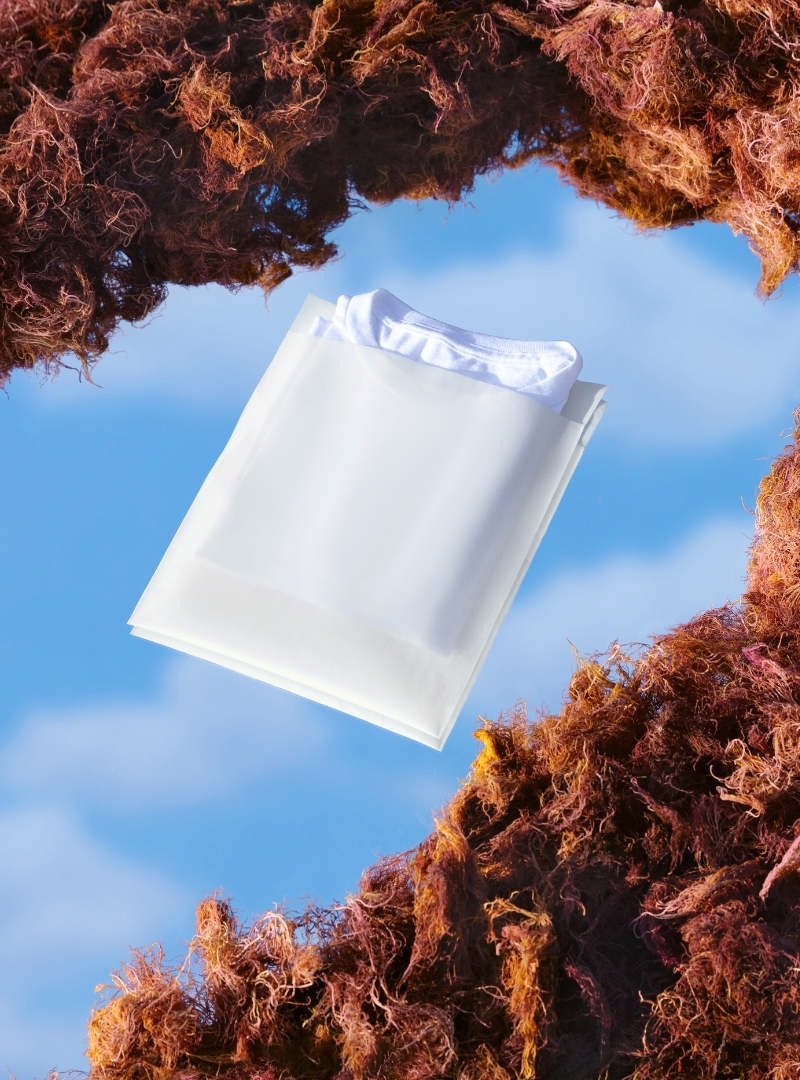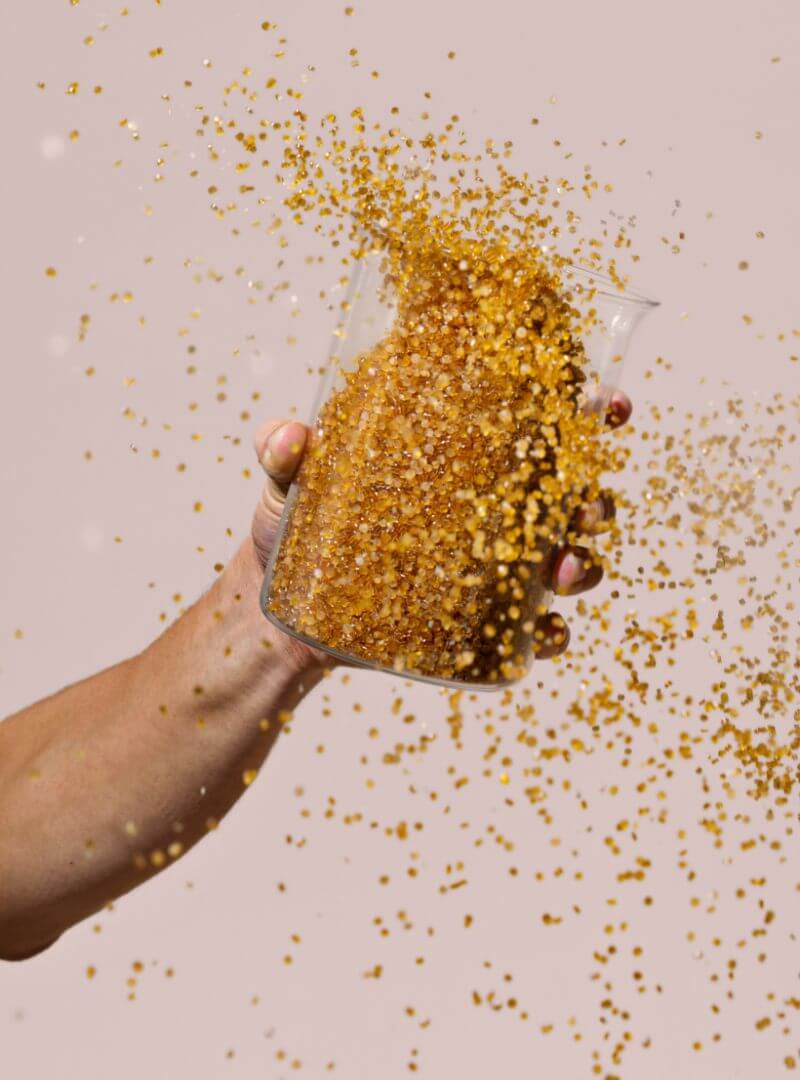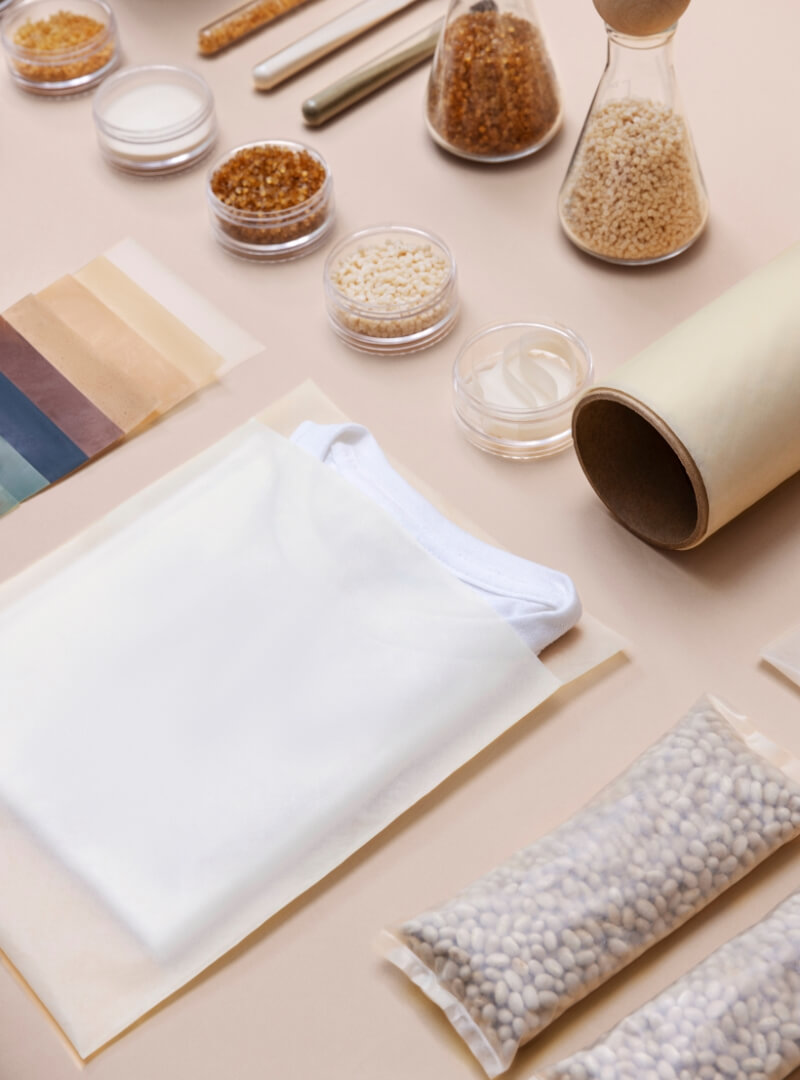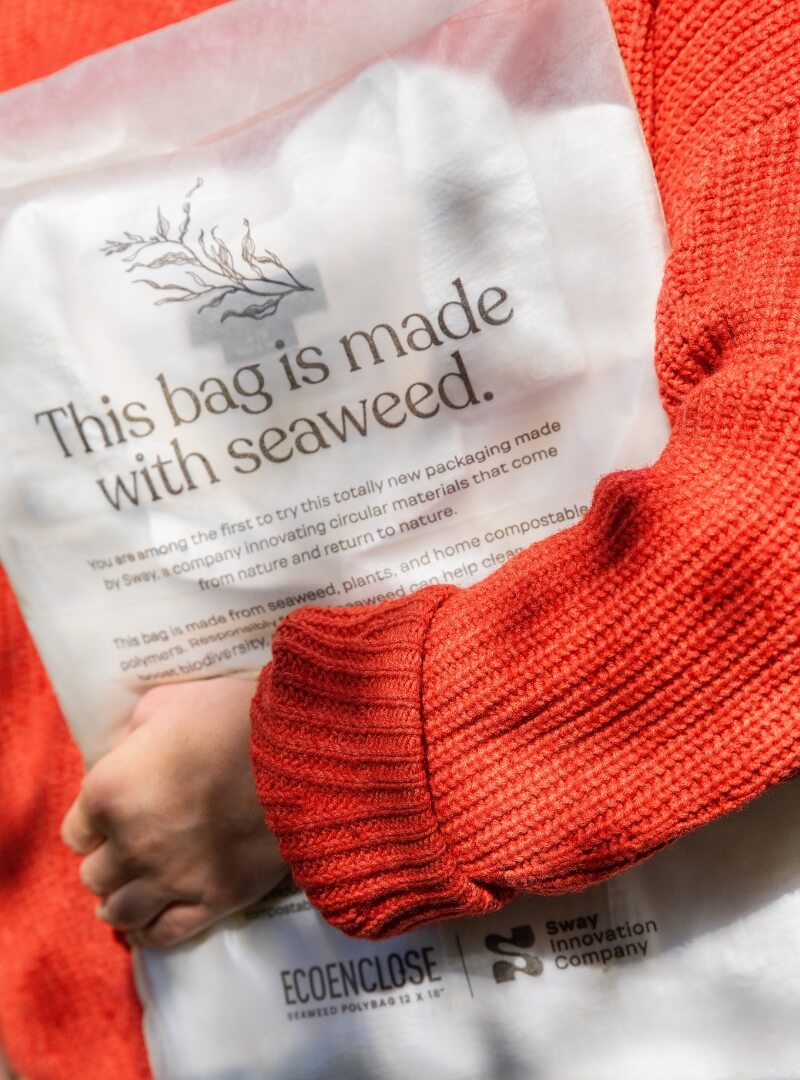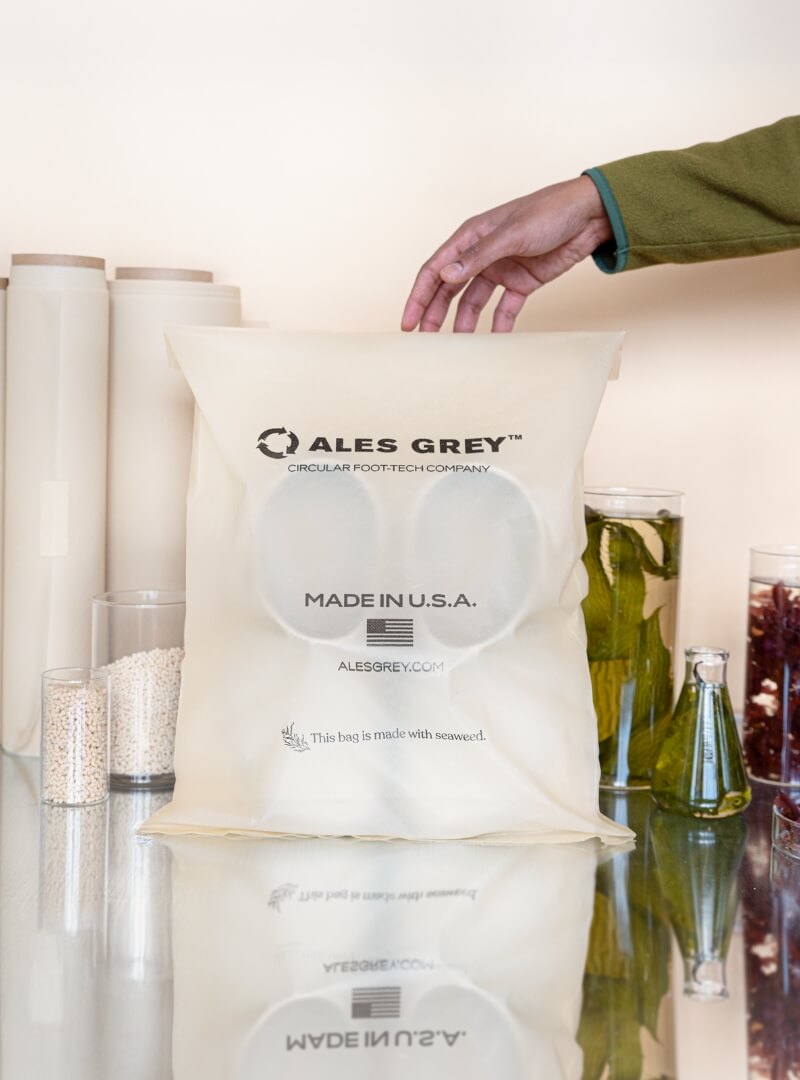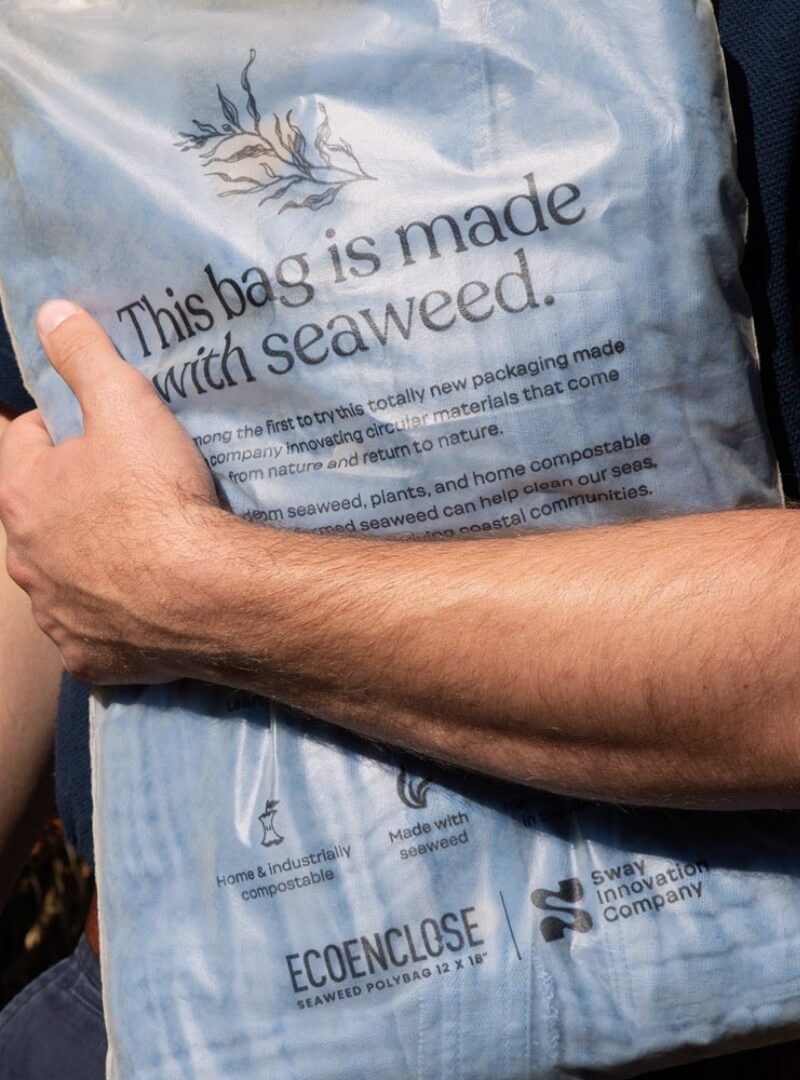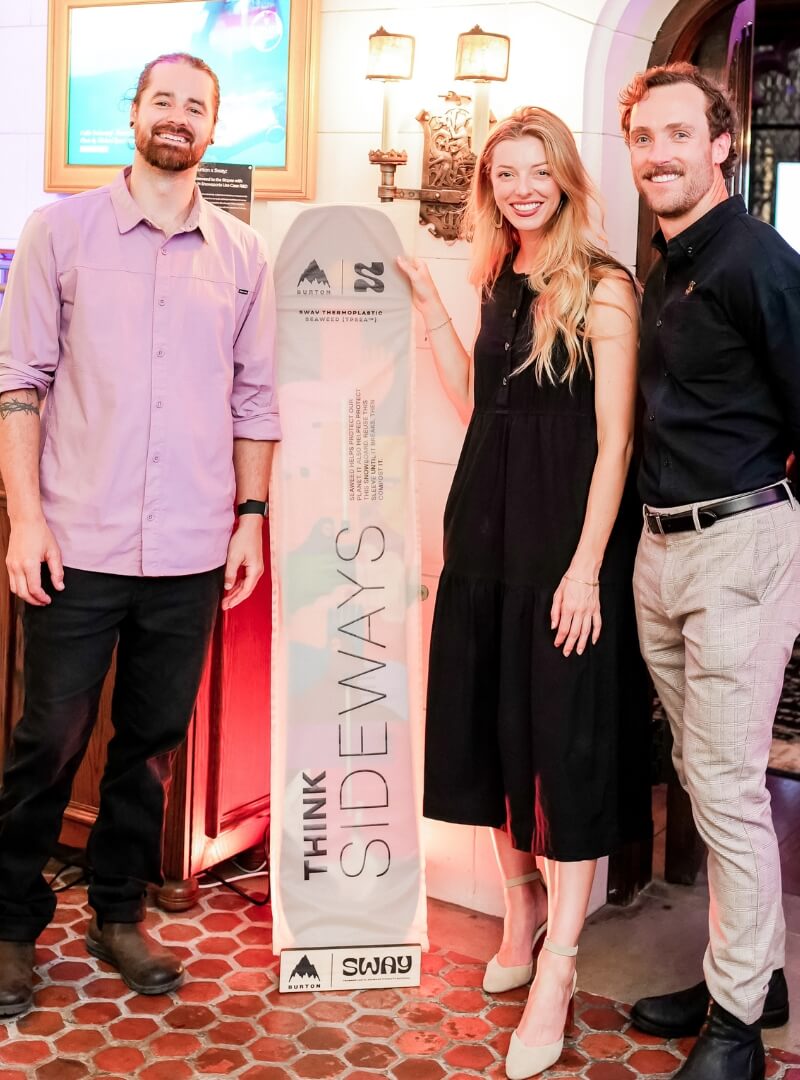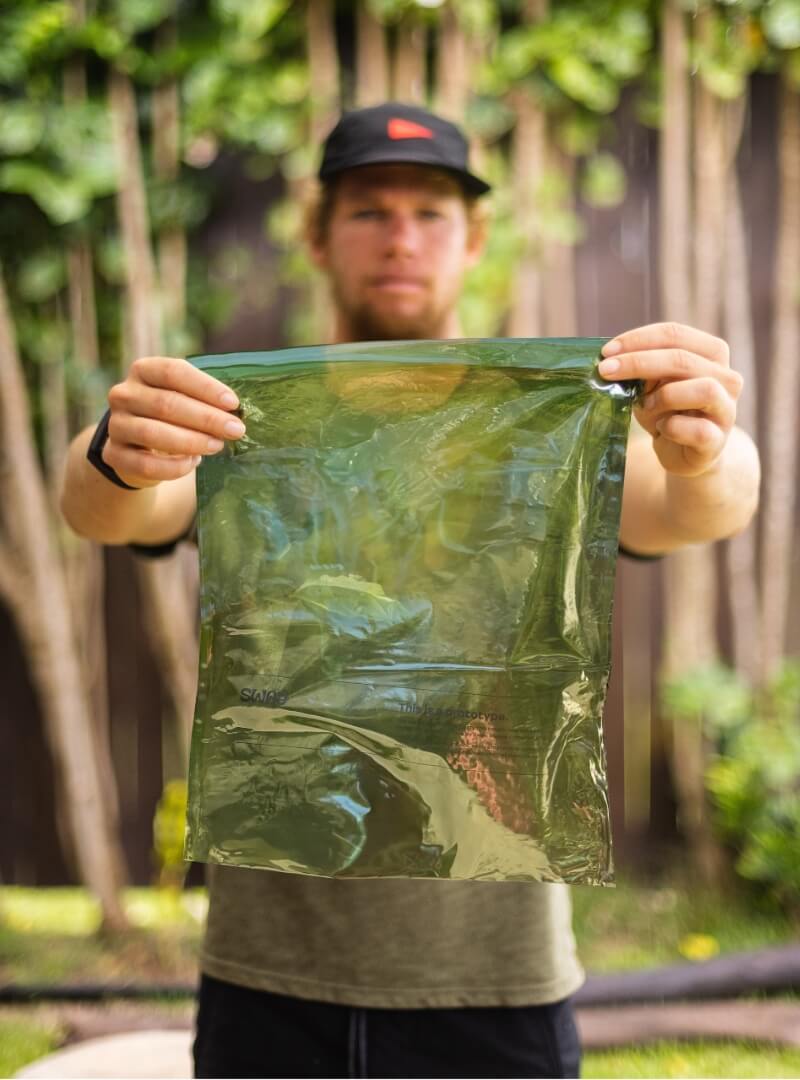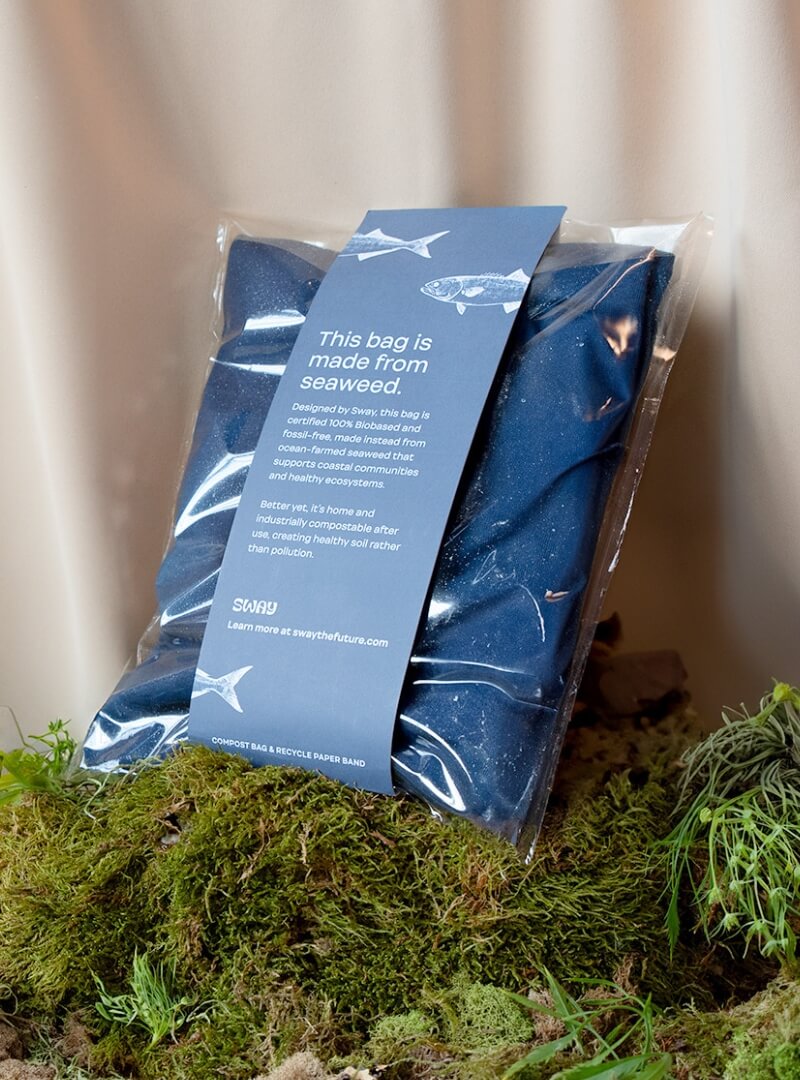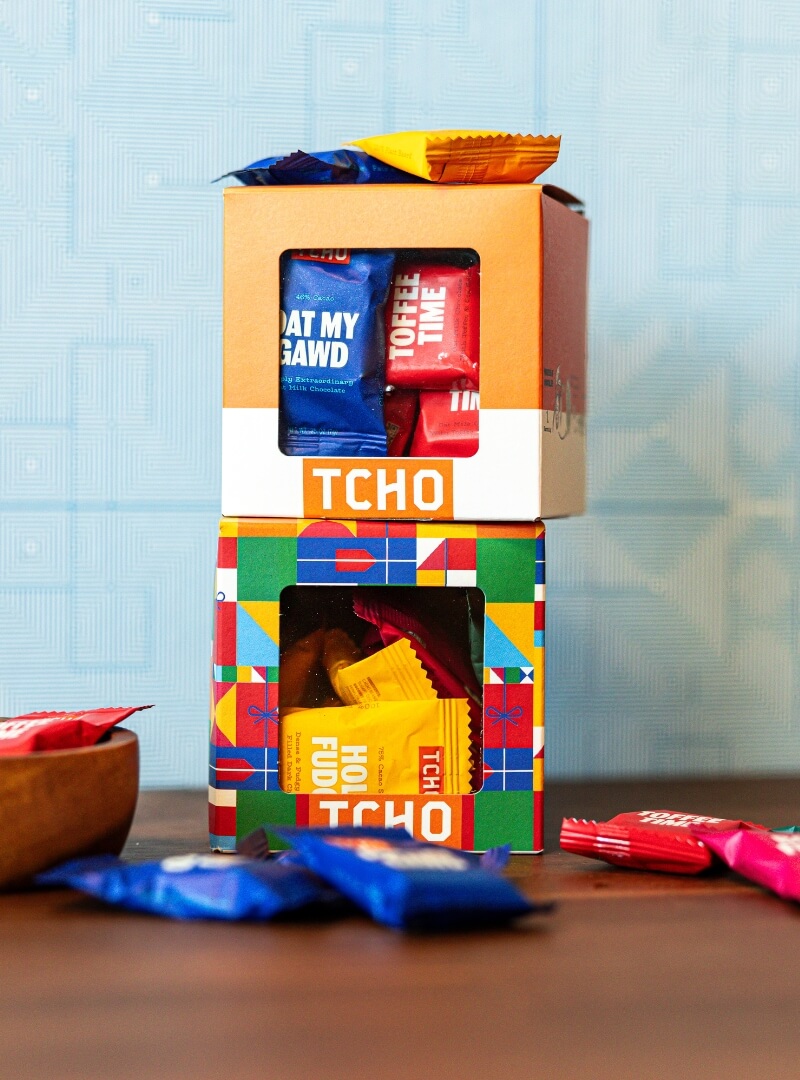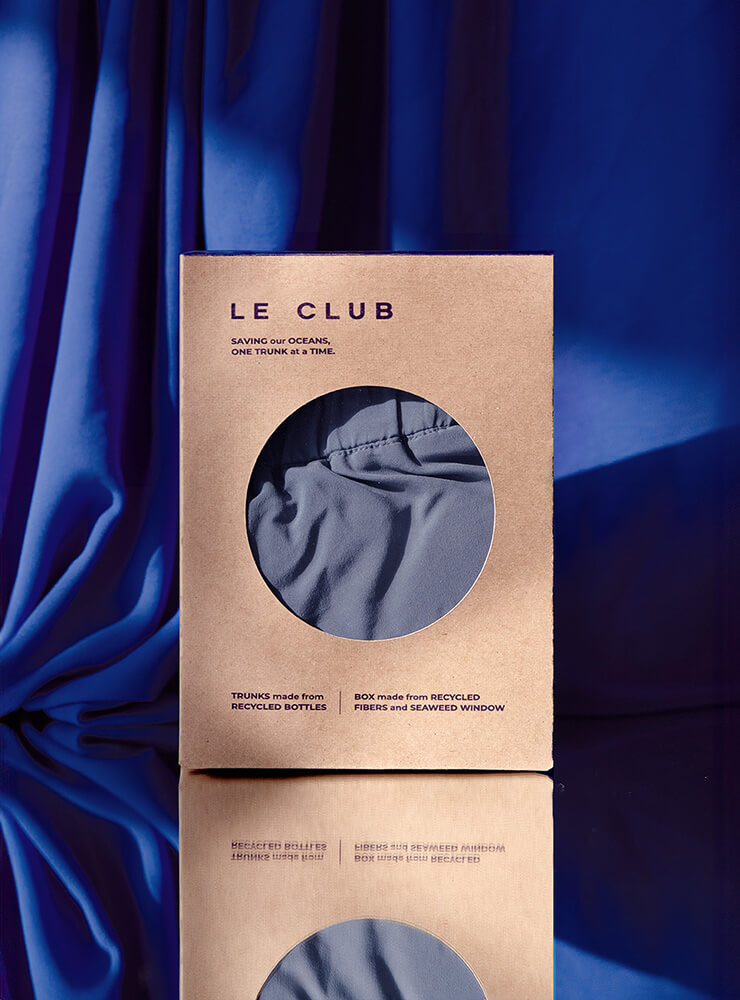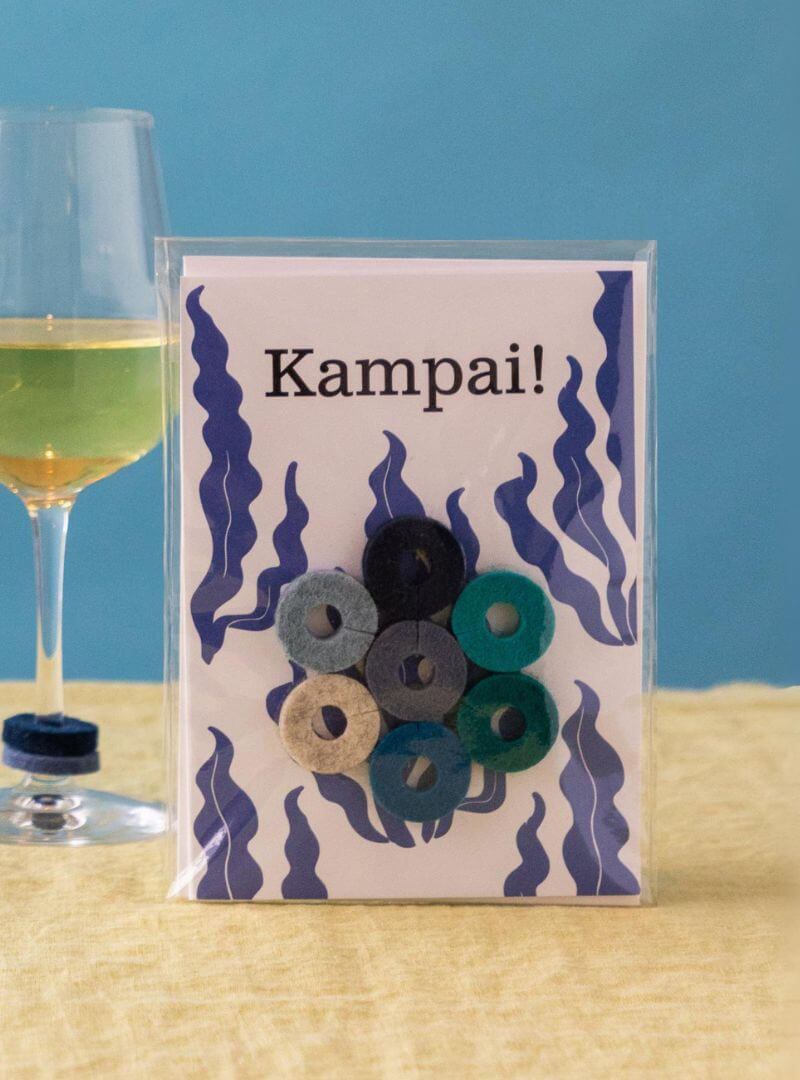Next-generation materials made with seaweed
Sway is scaling a broad range of compostable, seaweed-based packaging solutions to replace the most hard-to-recycle, single-use plastics — and we're just getting started.
TPSea™
100% renewable thermoplastic seaweed pellets, designed to replace plastics.
Why Sway?
We believe in a hierarchy of solutions to solve the plastic crisis. No packaging is the best packaging. Paper and reusables come next. Sway strives to fill the niche where flexible, lightweight, single-use materials are necessary.
With seaweed as a key ingredient across our material portfolio, every Sway package supports ocean health and coastal communities in the process. As our compostable materials scale, so do the regenerative benefits inherent to seaweed.
Used by thought leaders shaping a circular future
Sway Innovation Coalition
Learn how prAna, Faherty, Florence, and Alex Crane brought Sway Polybags to market!


